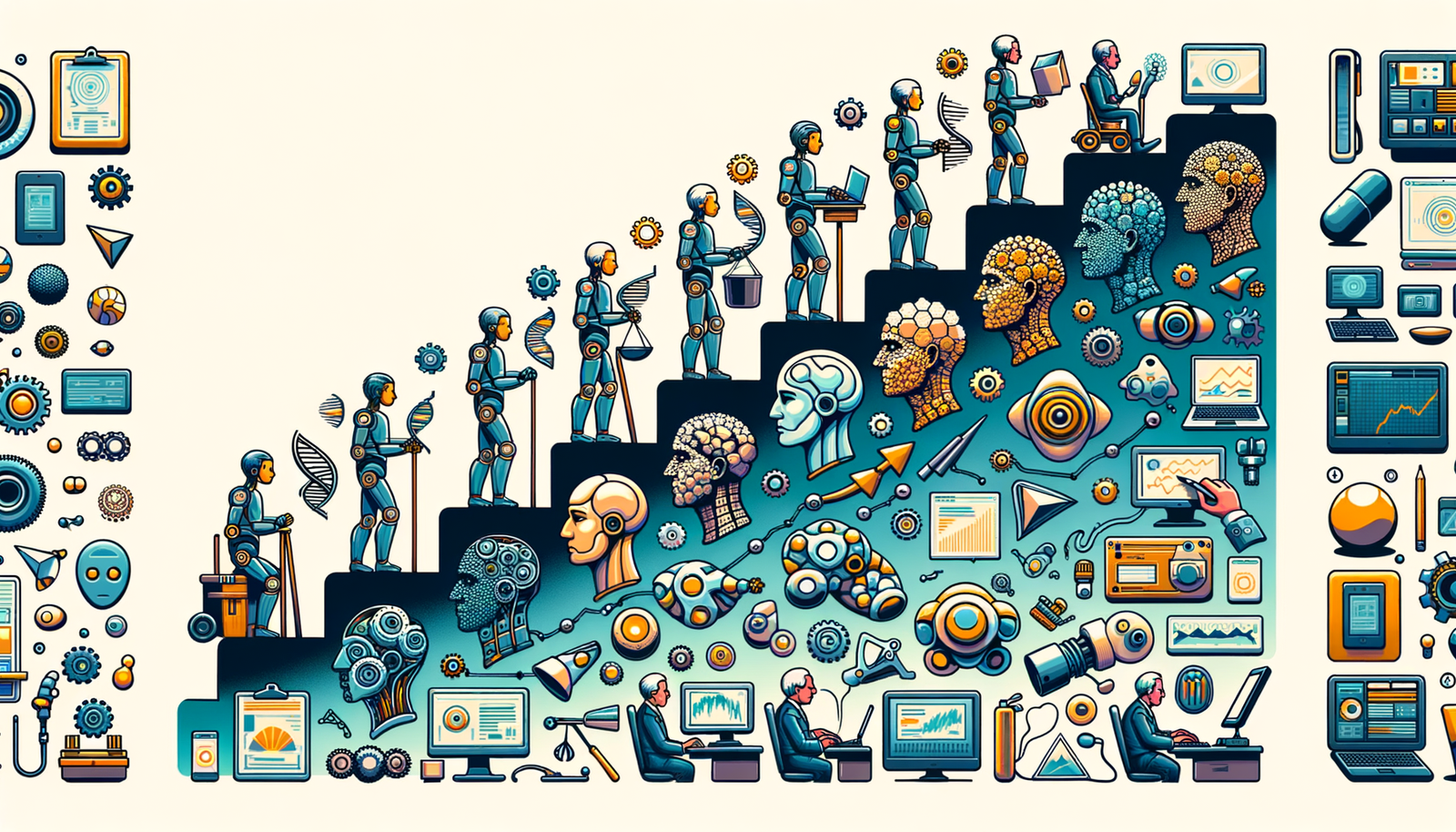Your Cart is Empty
Customer Testimonials
-
"Great customer service. The folks at Novedge were super helpful in navigating a somewhat complicated order including software upgrades and serial numbers in various stages of inactivity. They were friendly and helpful throughout the process.."
Ruben Ruckmark
"Quick & very helpful. We have been using Novedge for years and are very happy with their quick service when we need to make a purchase and excellent support resolving any issues."
Will Woodson
"Scott is the best. He reminds me about subscriptions dates, guides me in the correct direction for updates. He always responds promptly to me. He is literally the reason I continue to work with Novedge and will do so in the future."
Edward Mchugh
"Calvin Lok is “the man”. After my purchase of Sketchup 2021, he called me and provided step-by-step instructions to ease me through difficulties I was having with the setup of my new software."
Mike Borzage
Exploring the Frontier of Wearable Technology Design: Innovations and Challenges
May 14, 2024 2 min read


Introduction to Wearable Technology Design
The wearable technology market has surged in recent years, propelled by an insatiable demand for devices that blend seamlessly into daily life while offering meaningful functionality. The cornerstone of this burgeoning field lies in design innovation, where ergonomics, aesthetics, and functionality intersect to create products that are not only technologically advanced but also wearable in the truest sense.
Design in wearable technology is paramount; it dictates not just how an item looks, but how comfortable it feels, how intuitively it functions, and ultimately, how well it integrates into our lives. Key design considerations for wearables include:
- Ergonomics and comfort
- Visual appeal and customization
- Intuitive functionality and ease of use
Trends in Wearable Technology Design
The evolution of wearable technology has been marked by several key trends, each reshaping the landscape in significant ways. The rise of health and fitness trackers underscored a growing societal focus on wellness and preventive care, while the advent of smartwatches and wearable fashion has blurred the lines between technology and personal style. Among the emerging trends, smart jewelry, embedded wearables, and advanced medical devices stand out, offering glimpses into a future where technology not only complements but enhances our physical and health capabilities.
Tools and Software for Designing Wearable Technology
The design of wearable technology is supported by a sophisticated toolkit, comprising CAD and 3D modeling tools that allow designers to conceptualize and refine their ideas with unprecedented precision. Simulation software plays a crucial role in this ecosystem, enabling designers to test ergonomics and wearability in virtual environments long before any physical prototype is built. Moreover, the integration of AI and generative design tools is opening new frontiers in wearables, empowering designers to explore solutions that would have been inconceivable through traditional methodologies alone.
Challenges in Wearable Technology Design
Despite the exciting advancements in wearable technology, designers face a host of challenges that complicate the path from concept to consumer. Chief among these is the balance between form and function, a delicate dance where aesthetic appeal must not come at the expense of utility or comfort. Other hurdles include ensuring durability and user comfort over extended periods, addressing privacy and security concerns, and continually pushing the envelope in a field where innovation is the baseline. The future of wearable technology design, therefore, hinges on our ability to overcome these limitations, envisioning and realizing next-generation wearables that enrich, enable, and inspire.
The trajectory of wearable technology design is as unpredictable as it is exciting. With each leap forward, new challenges emerge, but so too do opportunities—opportunities to redefine our relationship with technology, to enhance our physical and digital lives, and to imagine a future where our devices are as intrinsic to our attire as the clothes on our backs. The journey ahead is fraught with complexity, but for those willing to navigate its twists and turns, the rewards promise to be profound.
Also in Design News
Subscribe
Sign up to get the latest on sales, new releases and more …





